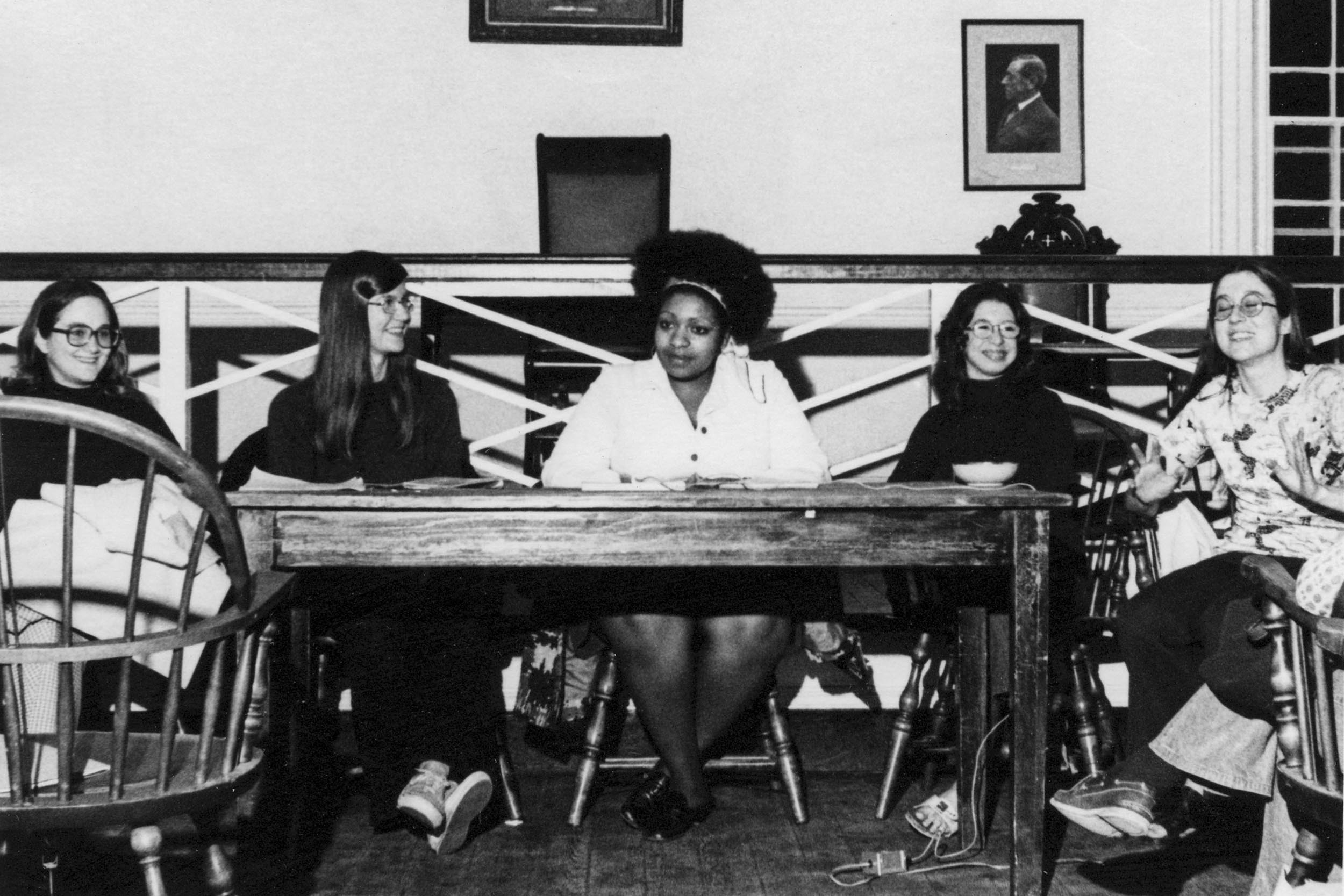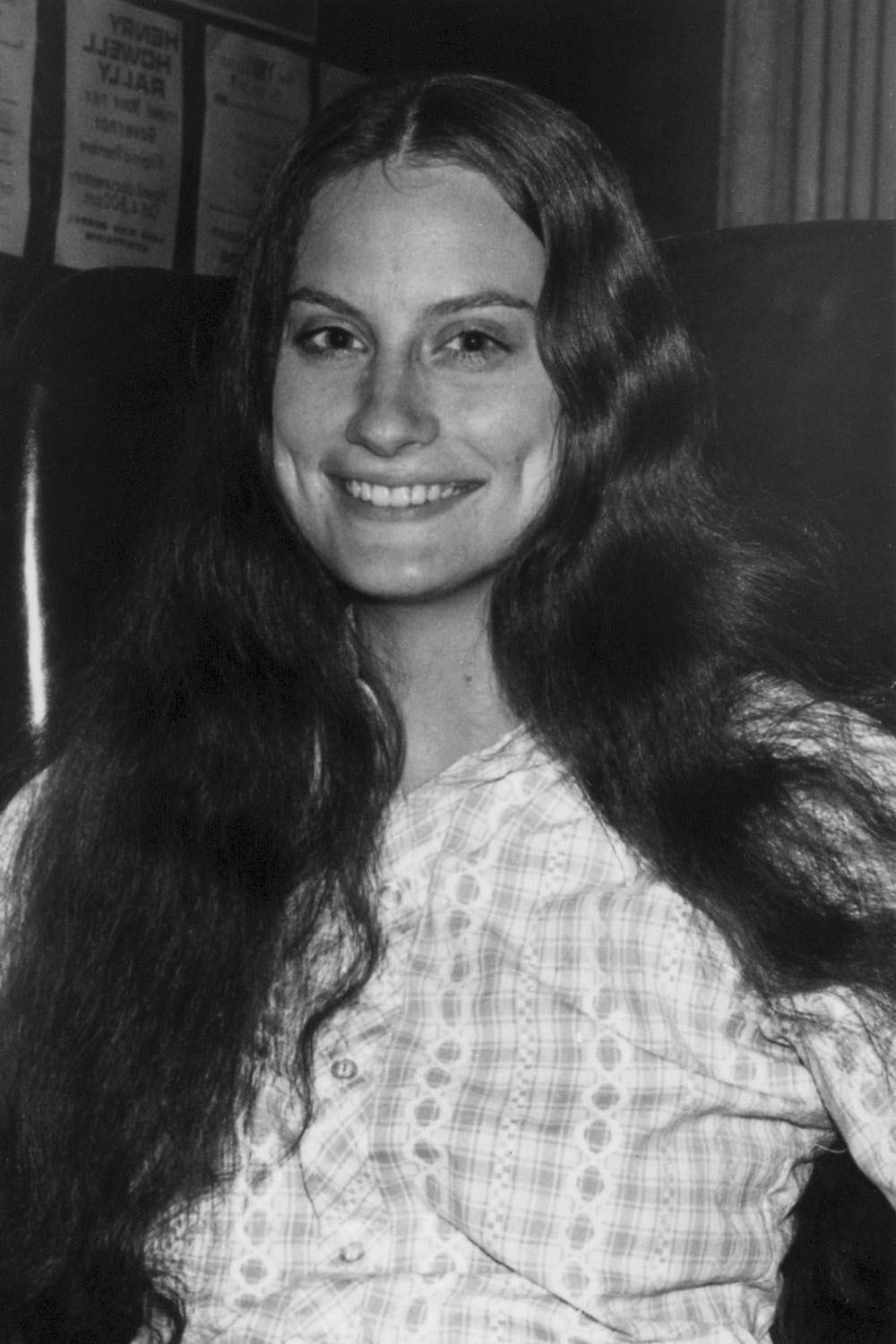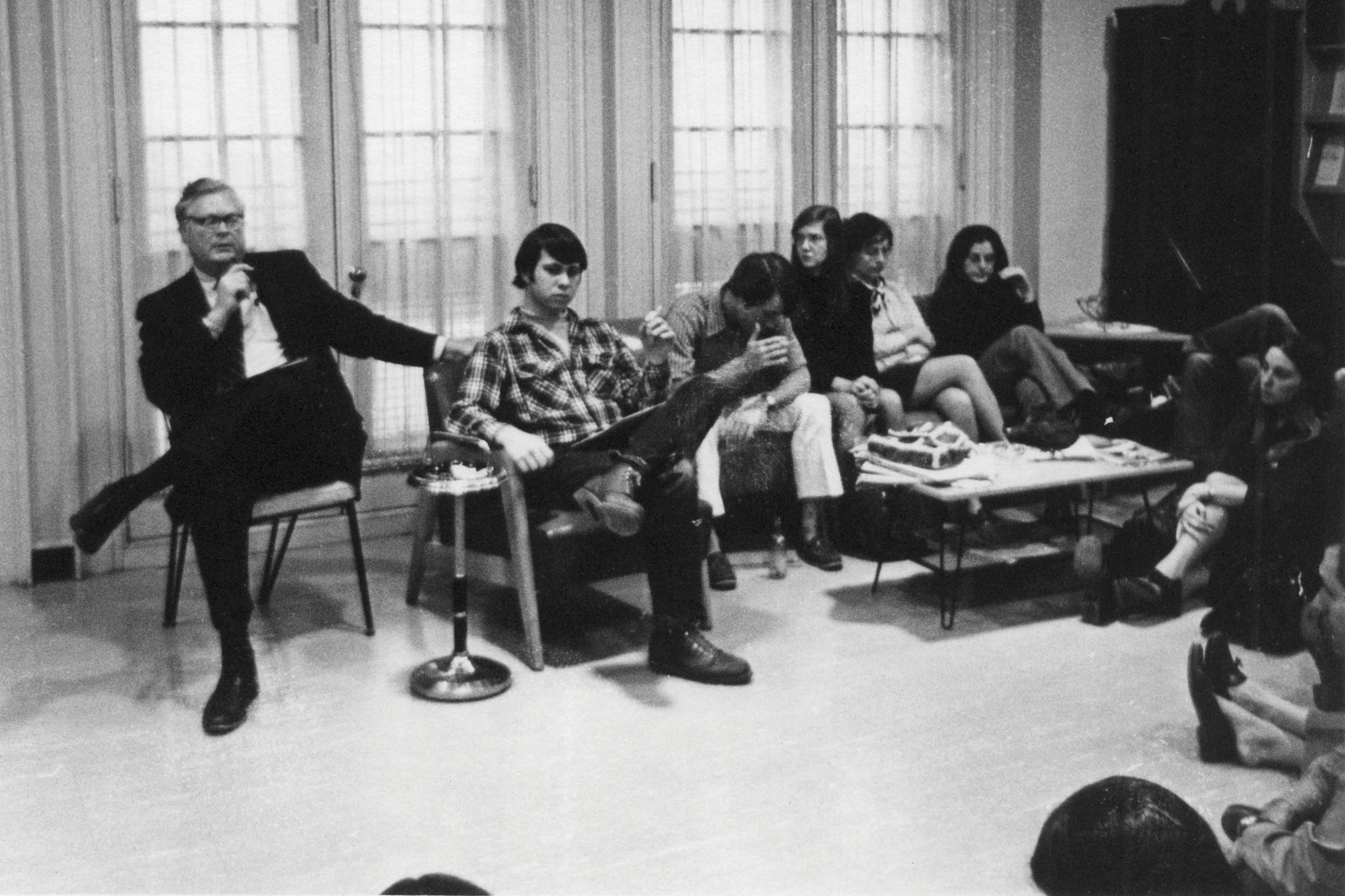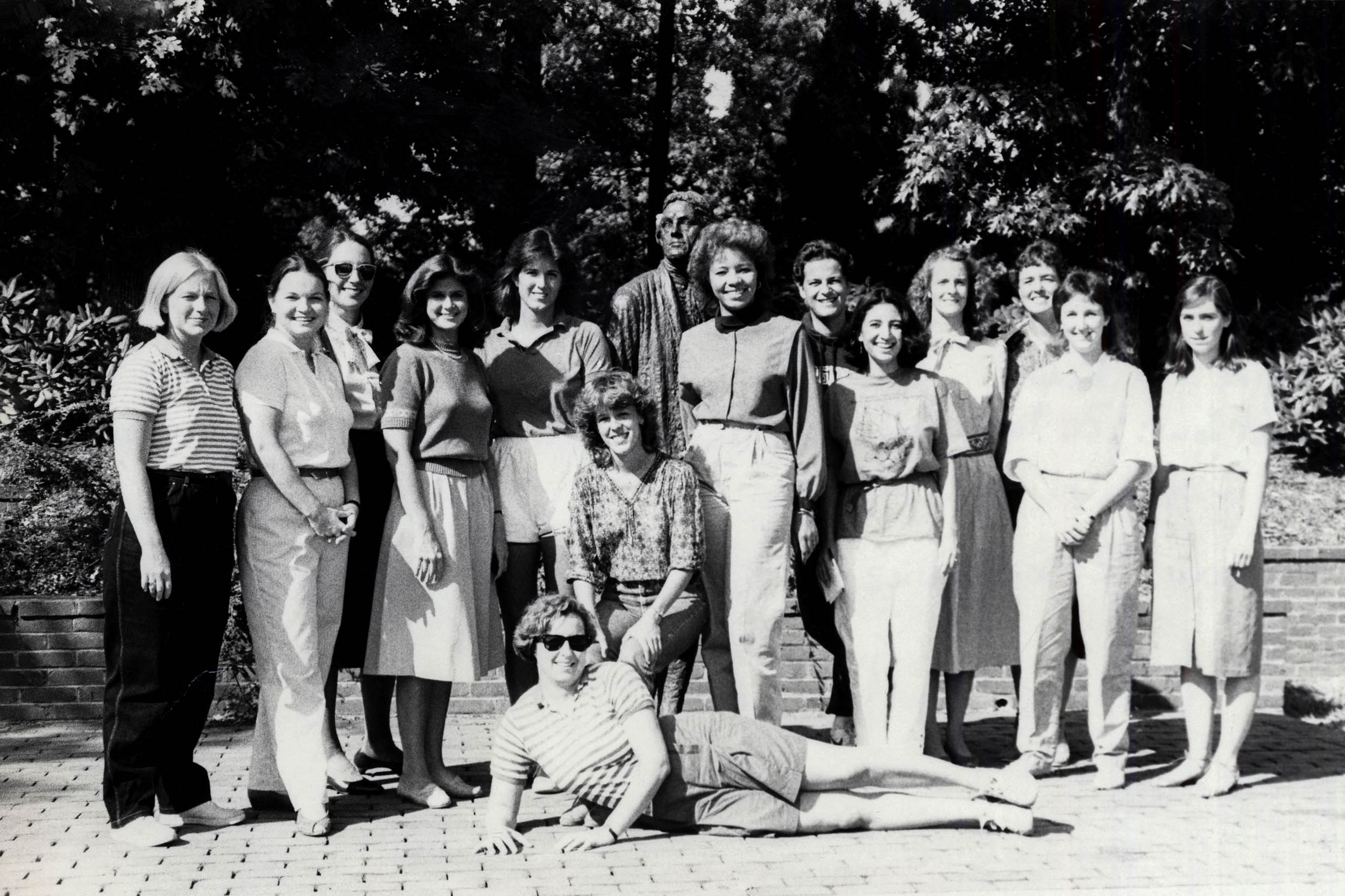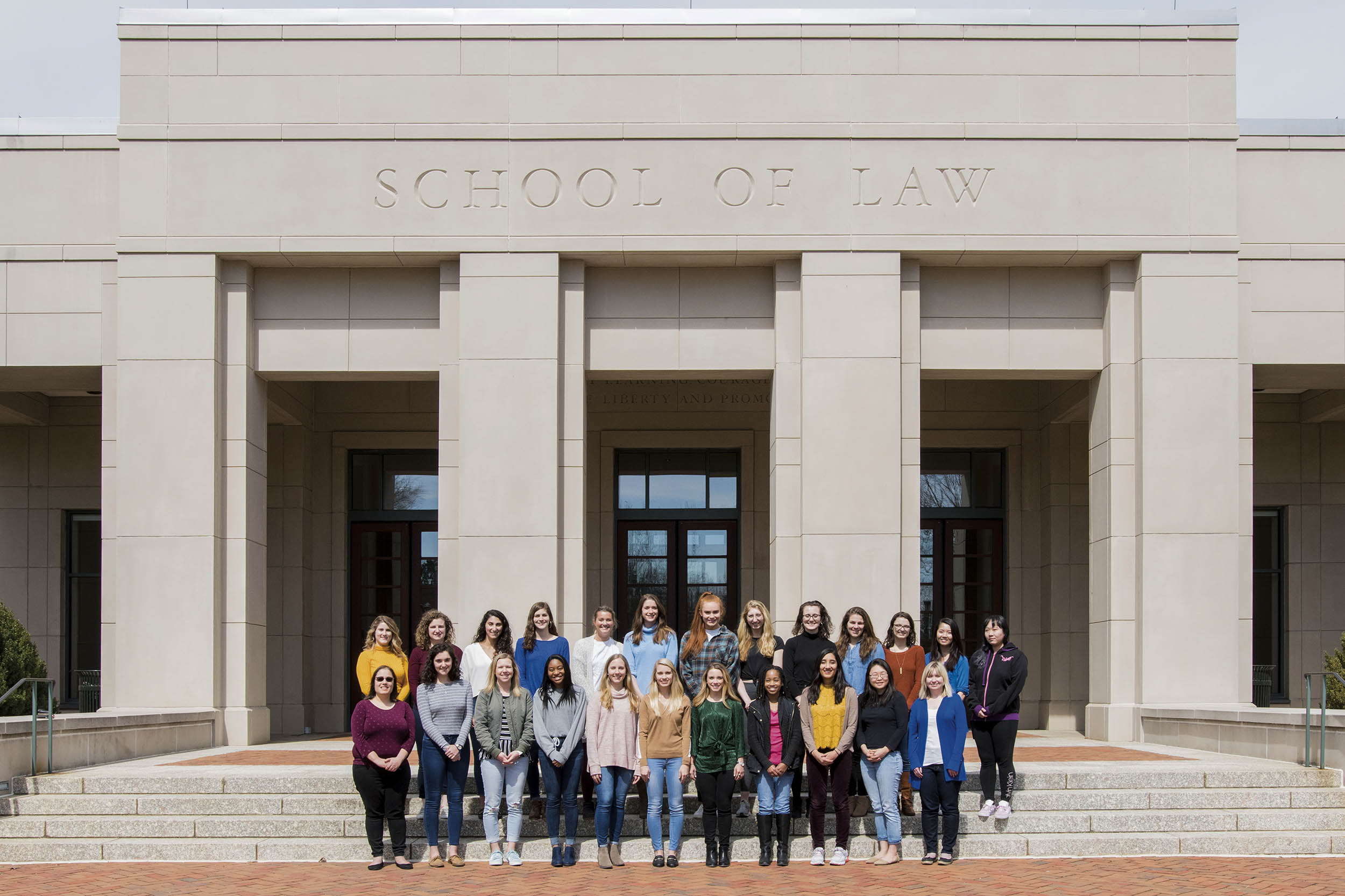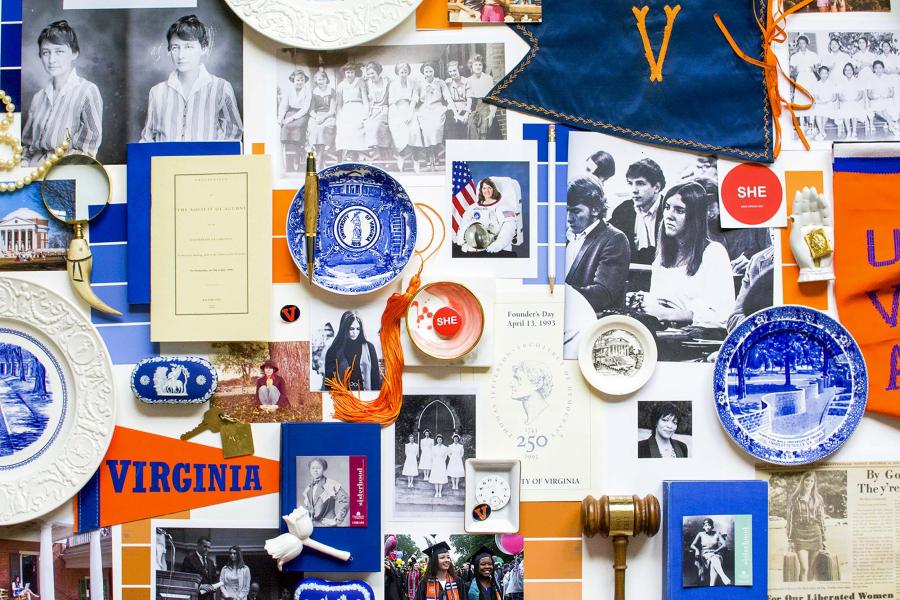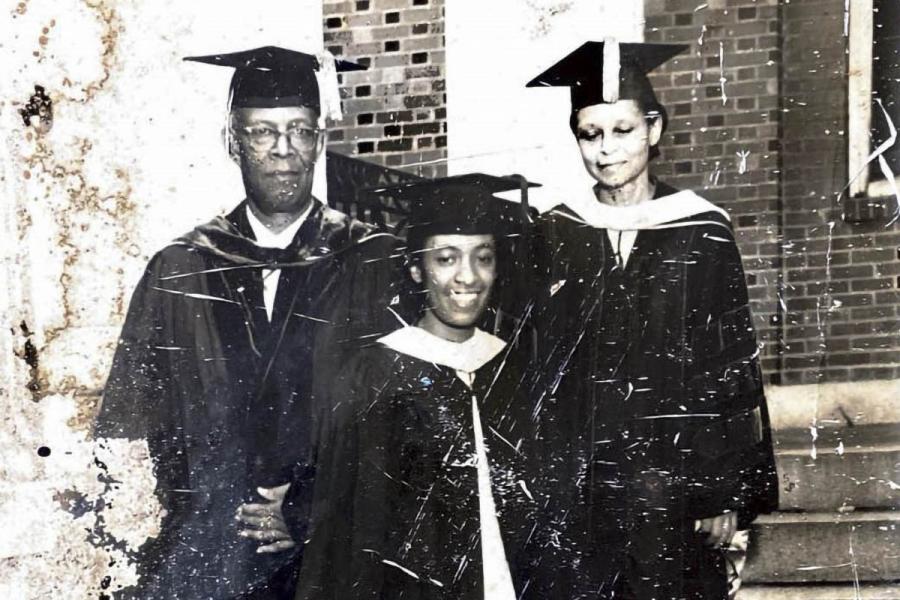In an interview conducted by the UVA Law Library for its Women’s Oral History Project, she explained that she chose UVA because of its reputation and inviting setting, at least visually. She had checked out the Department of Education statistics, so she knew the number of women in the law student body was “very low” – 6.7% of the total law student population as of fall 1970. Yet women had been a presence at UVA Law since 1920, when three – Elizabeth Tompkins, Rose May Davis and Catherine Lipop – became the first to study law on Grounds.
Five decades later, in 1971, there were only 25 women in the class of 1974.
“And that was pretty typical of all of the major law schools – I’m talking every top 10 law school admitted only about 20 women in every class, and we’re talking Harvard, we’re talking Yale, we’re talking Georgetown, all the major schools,” McFadden said. “So it’s very clear that they had de facto admissions limits on women students.”
Before she arrived, McFadden mailed letters to the female law student body, including incoming members of her class. She asked them if they wanted to organize to promote their shared interests as women.
“This was before word processors, and I’m a terrible typist,” she said. “So this was like, a two-week project to write, to type 52 letters. I probably used three bottles of Wite-Out, I’m sure.”
She received two responses back: one note, one phone call. The students advised her that drawing attention would make their lives harder. The court-ordered admission of women at the undergraduate level had just begun at UVA. McFadden recalled a man spitting at her feet as she walked across Grounds her first week, perhaps assuming she was among the new wave of coeds.
Not to be deterred, however, McFadden kept the conversation going at the Law School, which was then located at Clark Hall on Central Grounds. But finding an opportune space to approach other women at the Law School proved challenging. Fortunately, there was one place women could gather without fear of male judgment.
The women’s restroom and lounge area, located in the basement, was perhaps the only place in the building where women could congregate and speak freely – a fact the Virginia Law Weekly acknowledged in a 1962 article reporting on lounge renovations. In contrast, the ground-floor student lounge denied female students entrance “as effectively as would written law,” the newspaper wrote of the boys’ club atmosphere. Law librarian Frances Farmer (for many years the school’s only female faculty member) had supervised renovations to the women’s space, splitting the lounge portion, and its one window, into staff and student sections. Adjacent to the janitorial office, the renovation was a “common meeting ground for all strata of Law School womankind,” the article stated.
